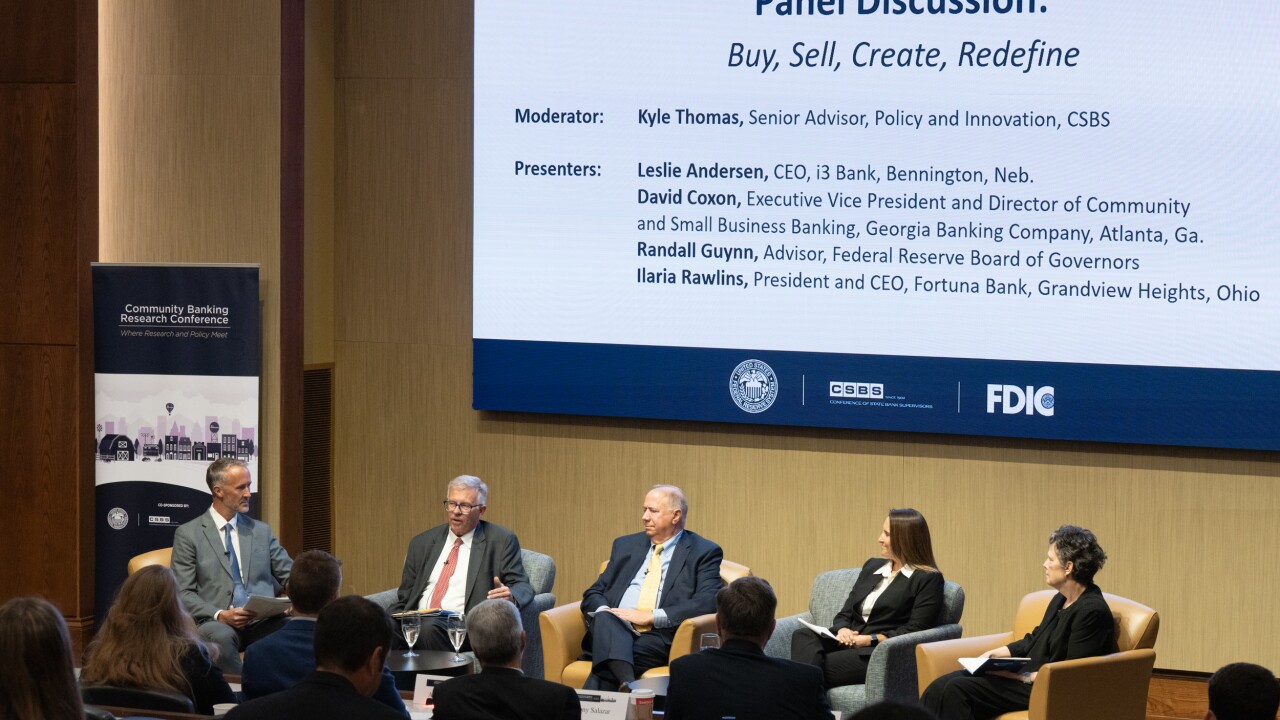Key insight: Unemployment ticked slightly up to 4.4% — from 4.3% in August — and revisions of prior reports show weaker employment gains over the summer.
Supporting data: The economy added 119,000 jobs and 7.6 million unemployed, with major losses in transportation and government offset by gains in health care and social services.
Forward look: With October data still missing and the labor market cooling, the Fed faces added uncertainty after cutting rates in September
Total nonfarm payroll jobs rose 119,000 in September, continuing a trend of little net job growth since April, according to the Bureau of Labor Statistics report released Thursday. The unemployment rate ticked slightly up to 4.4%, from 4.3% the prior month
With 7.6 million people unemployed, unemployment was higher than a year earlier. BLS noted that the six-week release delay caused by the federal shutdown raised the establishment survey's collection rate, but did not affect household survey data already collected before the lapse. BLS will skip the October report due to the shutdown, saying October establishment data will be released with November's jobs report on December 16.
"Establishment survey data for October 2025 will be published with the November 2025 data. Household survey data were not collected for the October 2025 reference period due to a lapse in appropriations and will not be collected retroactively," the BLS release stated. "For both surveys, the collection period for November 2025 data will be extended, and extra processing time will be needed."
This is the first batch of employment data issued since The BLS
September's data also underscored the variance across different industries. Hiring was concentrated in a few service industries. Health care added 43,000 jobs, the food services sector gained 37,000, and social assistance jobs rose by 14,000. Losses hit transportation and warehousing, shedding 25,000 positions. The federal government lost 3,000 jobs in September, making a cumulative loss of 97,000 federal jobs since January. Most other major sectors were flat.
The September figures, however, confirm that job growth has remained sluggish since spring, and BLS revisions show that earlier months were even softer than initially reported. Revisions in the data cut previously reported July and August payrolls by a combined 33,000.
That lack of data also clouds the Federal Reserve's calculus for determining short-term interest rates. The agency's Federal Open Market Committee cut interest rates by 25 basis points in September, marking the first rate cut since December. Officials described the move as a prudent cut in the face of labor market weakness, even with inflation still running somewhat above its 2% target rate.
Kansas City Fed President Jeff Schmid
Senator Elizabeth Warren D-Mass., Ranking Member of the Senate Banking Committee characterized the numbers as a sign of weakness in the economy, criticizing the administration for withholding October numbers.
"After sitting on it for weeks, Donald Trump finally released the September jobs report showing the unemployment rate is up," she wrote in a statement. "It's not surprising that he's now refusing to release the October jobs report, despite the Administration's legal obligation to publish employment data each month."






